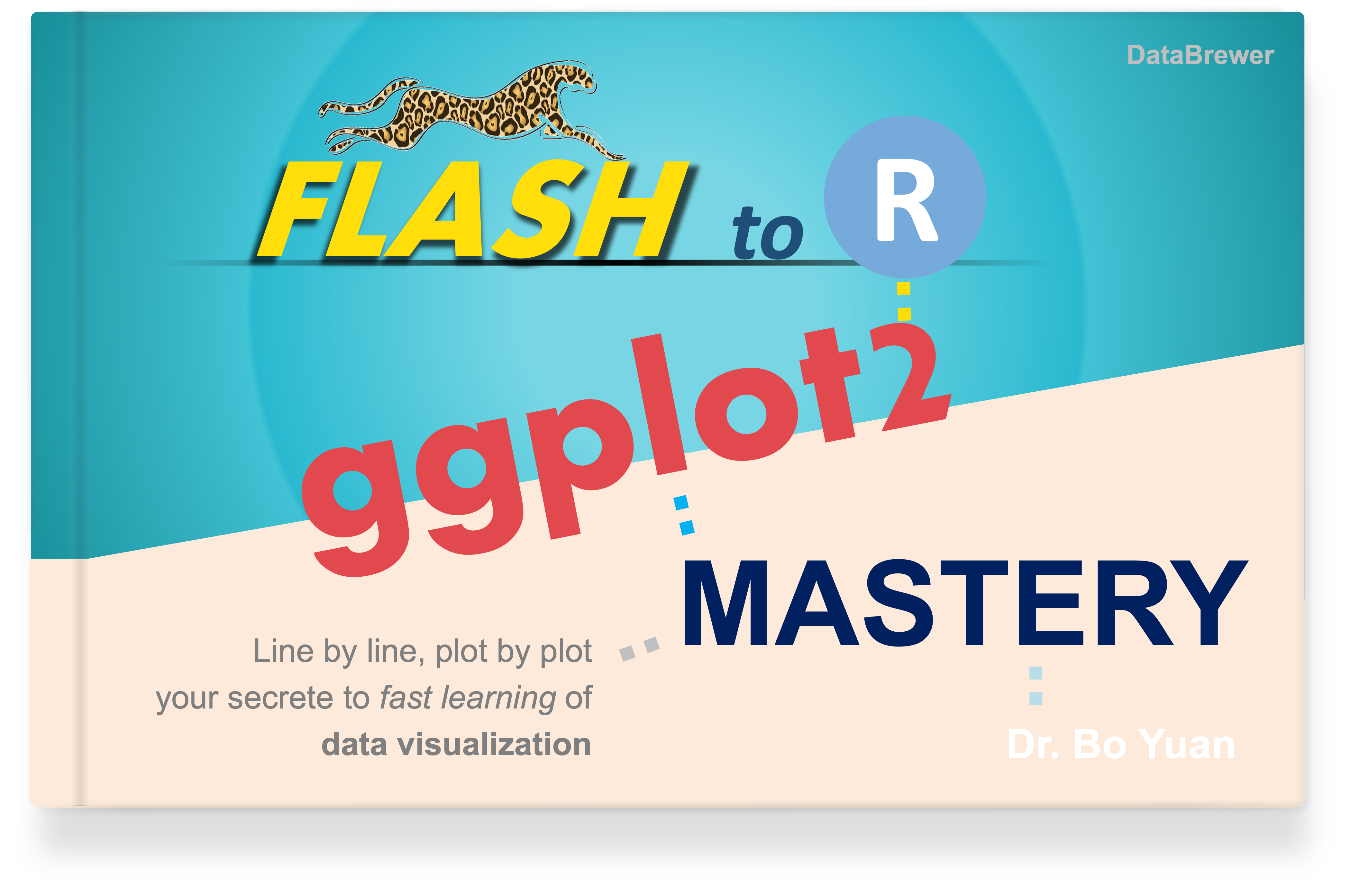| Pattern | Description |
|---|---|
. | Match any character; a wildcard |
[abc] | Match any character a, b, or c |
[^abc] | Match any character except a, b, or c |
[a-z] | Match any lowercase letter |
[:digit:] | Match any digit (0-9) |
[:alpha:] | Match any alphabetic character (uppercase or lowercase) |
[:lower:] | Match any lowercase alphabetic letter |
[:upper:] | Match any uppercase alphabetic letter |
[:alnum:] | Match any alphanumeric character (letter or digit) |
[:space:] | Match a single whitespace character |
[:punct:] | Match any punctuation character |
[:print:] | Match any printable character (alphanumeric and punctuation) |
\d | Match any digit |
\D | Match any non-digit |
\w | Match any word character |
\W | Match any non-word character |
\s | Match any whitespace character |
\S | Match any non-whitespace character |
{n} | Match exactly n occurrences |
* | Match zero or more occurrences |
+ | Match one or more occurrences |
? | Match zero or one occurrence |
^ | Anchor for the start of a line |
$ | Anchor for the end of a line |
(...) | Match a group of characters |
\b | Match a word boundary |
A(?=B) | Positive lookahead assertion |
(?<=B)A | Positive lookbehind assertion |
A(?!B) | Negative lookahead assertion |
(?<!B)A | Negative lookbehind assertion |
^\bapple\b | Match ‘apple’ at the beginning of a line |
\bapple\b$ | Match ‘apple’ at the end of a line |
\bapple\b | Match the whole word ‘apple’ |
\b\d\b | Match a standalone digit |
\b(\w+)\b | Match and capture any whole word |
A Comprehensive Guide to Regular Expressions
Regular expressions (RegEx) are a sequence of characters that define a search pattern. They are widely used in programming for pattern matching and text manipulation. Below is a summary of commonly used RegEx.
Note: For characters escaped by backslash, remember to type a second backslash in practice to render the first one as a literal backslash.
We’ll dive into details of different types of expressions in the following chapters. You’ll learn RegEx from enriched examples. We’ll use str_view_all() to highlight the matched pattern itself, and further demonstrate its use with functions str_extract() and str_extract_all() from stringr, a popular R package (part of tidyverse) for string manipulation.



